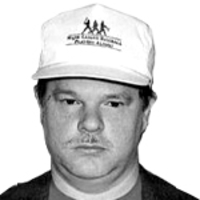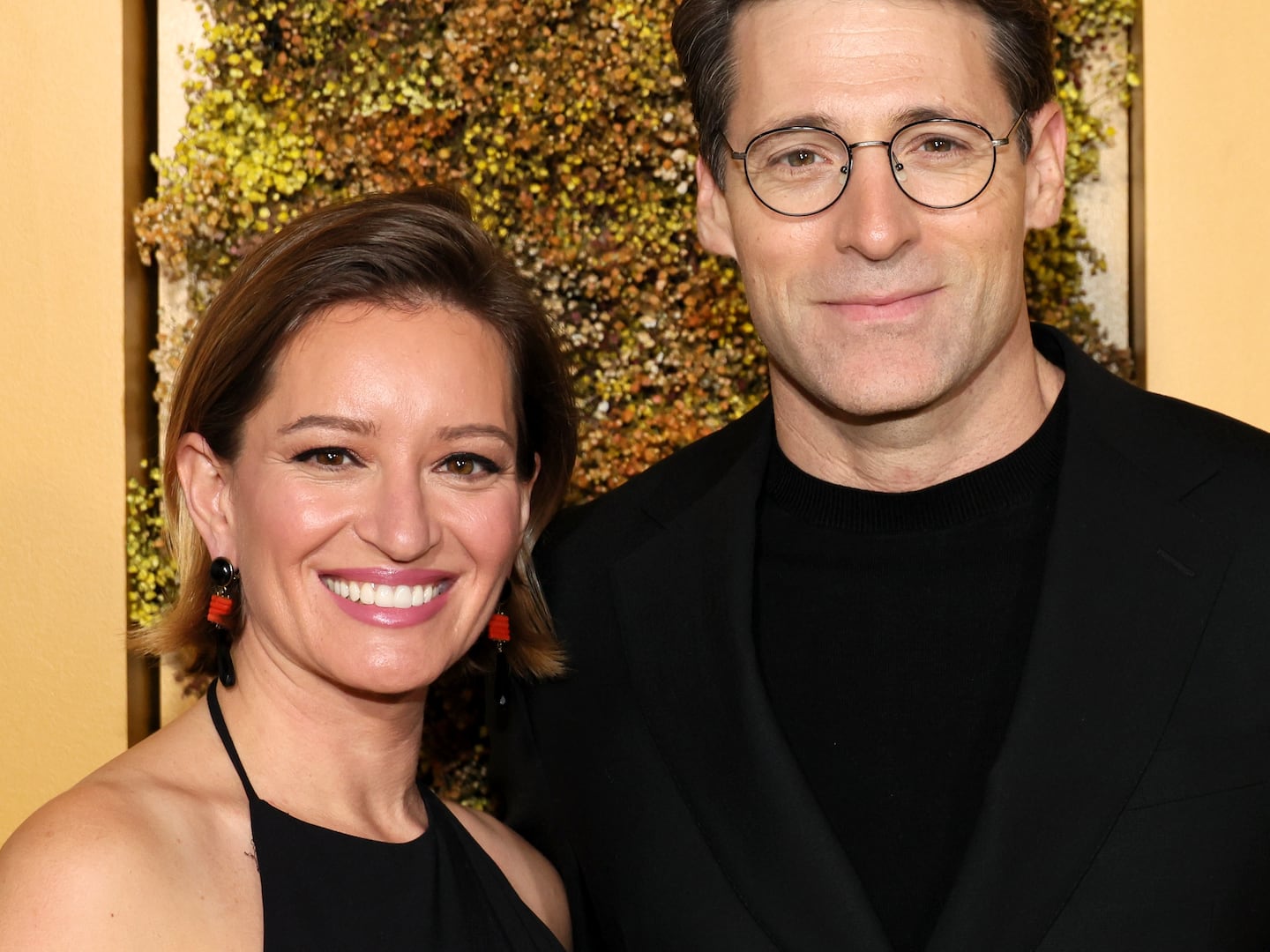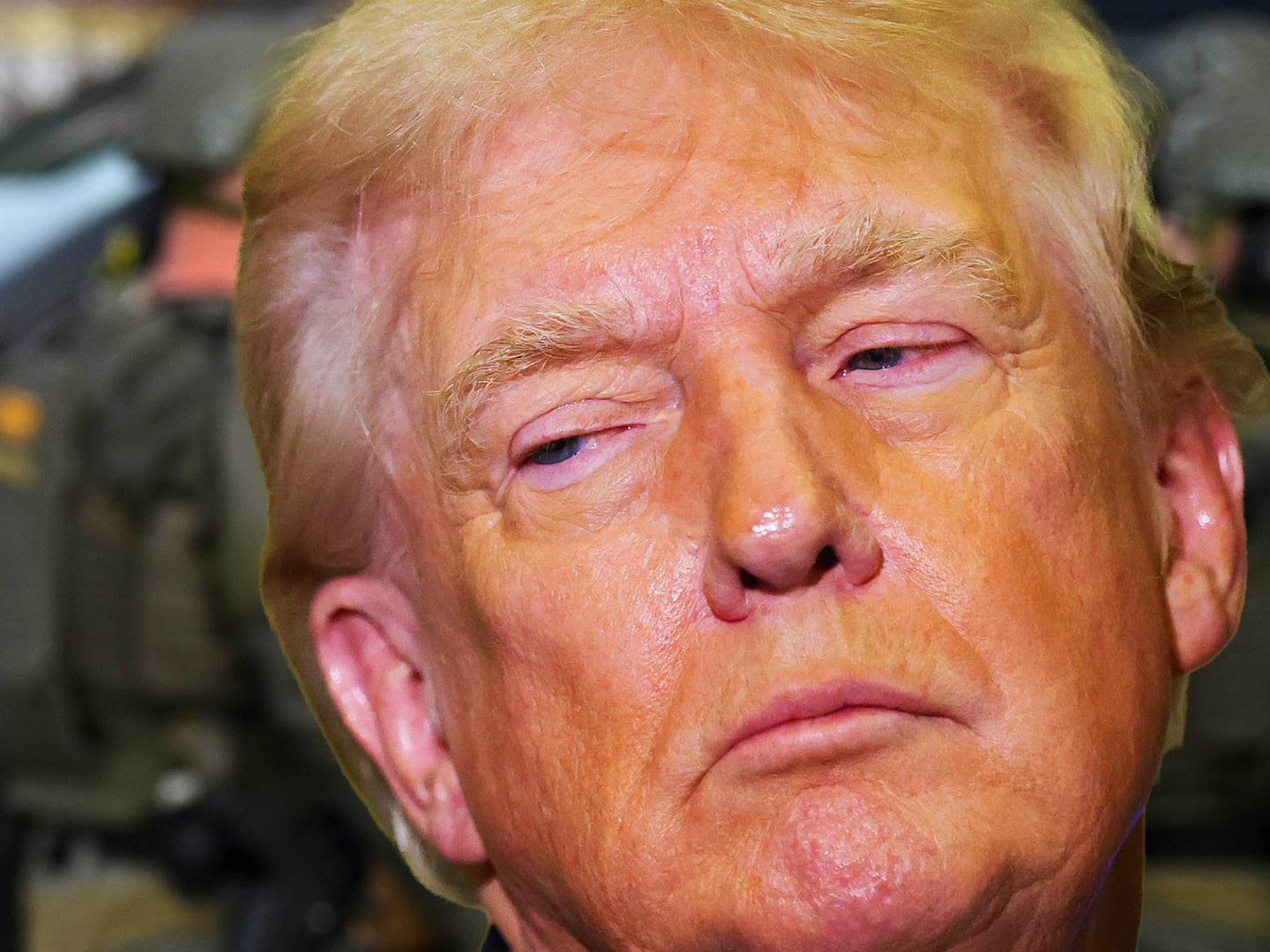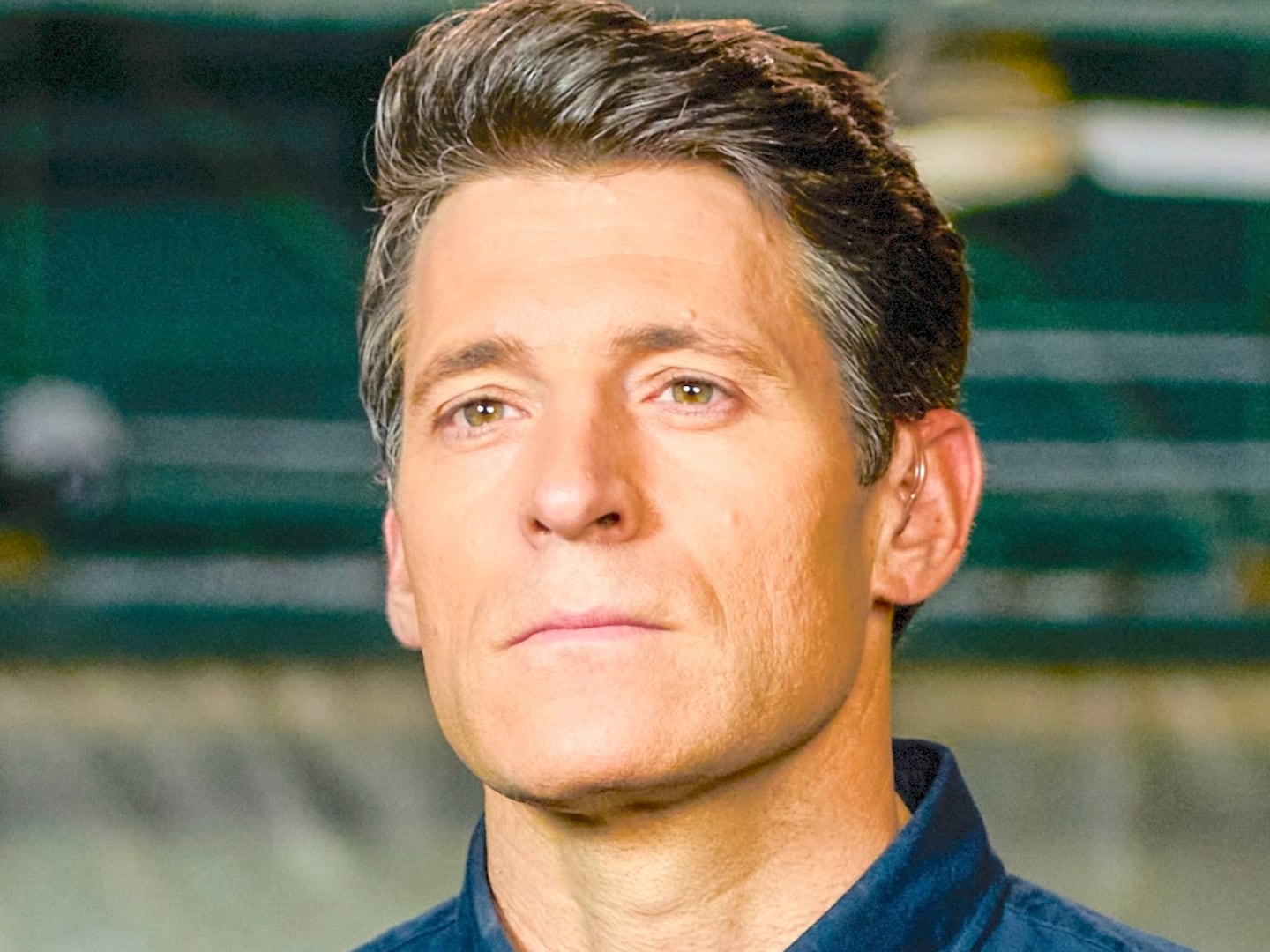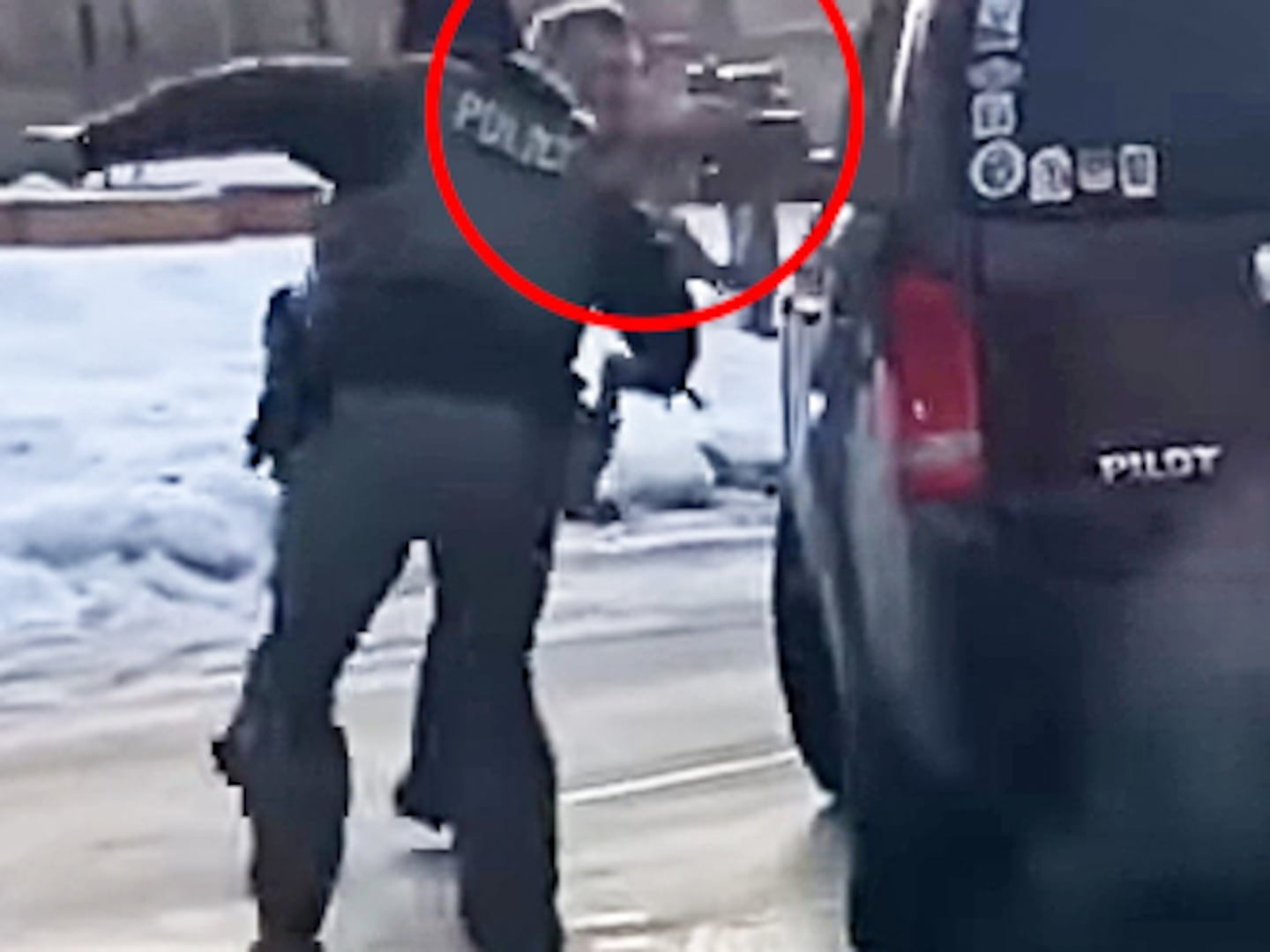AMC’s new eight-part series, The Making of the Mob: New York, goes deeper into the history of American racketeers than just about any previous TV program. The production is billed as a docudrama, meaning it blends narration, archival footage, and dramatic interpretation and reenactment of real-life events.
Sometimes it works—the depiction of New York street scenes, particularly the pre-World War II Lower East Side, is riveting.
But sometimes it doesn’t. Part of the problem is that most of the principal characters were portrayed far more vividly in Boardwalk Empire. Nothing against Rich Graff as Lucky Luciano, Ian Bell as Meyer Lansky, or Umberto Celisano as Al Capone, all of whom are capable actors and attractive screen presences, but the script doesn’t allow them to expand on their roles as their predecessors in Boardwalk could.
There must have been a dozen movie and TV Lucianos over the years, but with the sole exception of Stanley Tucci in Billy Bathgate, none have had the impact of the estimable Vincent Piazza in Boardwalk, the first actor to fully inhabit the character and convey a man smart, ruthless, and cunning enough to become the most important gangster in American history. Likewise with Anatol Yusef’s Meyer Lansky, the obvious nod for the older Lansky goes to Lee Strasberg’s Hyman Roth in The Godfather Part II, but Yusef was the first actor to suggest the genius in progress that was the young Lansky.
One scarcely notices the presence of Arnold Rothstein (Hugh Scully) in The Making of the Mob. In Boardwalk Empire, Michael Stuhlbarg’s AR, as his associates referred to him, had the wit and cool of the man who fixed the 1919 World Series and financed all of the early hot prospects of organized crime, from Luciano and Lansky to Dutch Schultz and Legs Diamond. And of all the actors who have played Al Capone over the years, English actor Stephen Graham was the first and only to truly suggest the amiable psychopath who became the mob’s greatest mass murderer.
In comparison, every time one of the principals in The Making of the Mob is on the verge of offering an insight to his character, he’s cut off by the ominous tones of Ray Liotta’s narration.
In and of itself, there’s nothing wrong with having a narrator providing between-scenes explanation/overview. Some have voiced objections to the docudrama’s mix of fact and drama, though it’s a technique that has often been used with great effectiveness—how effective would The Untouchables have been without Walter Winchell’s setting each scene with dialogue like “On February 14, on the last day of his life ….”
What one should take issue with is that most of the “fact” presented in The Making of the Mob is not fact at all, but factoids. In particular, I object to the constant broad use of the word “Mafia.” Historians have long debated the origin of the term, and no one doubts it signified a Sicilian-born criminal organization. But after years of research, I have never seen the slightest credible evidence that the Sicilian Mafia was imported to the United States, or that native Sicilians had any control whatsoever over American crime.
Not only were most of the early mob figures—Rothstein, Lansky, Benjamin “Bugsy” Siegel, Louis “Lepke” Buckhalter, and the most powerful New York gangster of all, Owney Madden (who goes unmentioned in The Making of the Mob)—not Italian, most of the Italians weren’t Sicilians, with Albert Anastasia and Frank Costello both hailing from Calabria. (Costello was born Francesco Castaglia but changed his name to better get along with New York’s police force.). Vito Genovese was Neapolitan, as was Capone, who was in no way a member of the Mafia, though he was known to hire Mafia hit men.
Yet The Making of the Mob keeps referring to them as part of the Mafia, telling us that “these ambitious young immigrants”—and this includes the Jews Rothstein, Lansky and Siegel—“came together to form the American Mafia.” The St. Valentine’s Day Massacre is called “one of the bloodiest days in Mafia history,” though the war between Capone’s gang and the rival Irish-German mob had no known Mafia connections.
In fact, the only Sicilian in this collection of young Turks was Luciano, who expressed, over the course of his life, an intense dislike and utter contempt for the old Sicilian mob bosses. Although Luciano is often identified as the head of the American Mafia, his most important contribution to organized crime was the elimination—with the help of Lansky, Siegel, Costello, and Genovese— of the old Sicilian mobsters who were standing in the way of progress. The new streamlined syndicate took American criminals into a golden age of bootlegging, gambling, and, finally, drug trafficking.
It’s hard to find even a mention of the word Mafia in nearly anything written about organized crime before the Kefauver hearings in 1950 and 1951. By the mid-1950s, it had become a catch-all term for all criminal gangs.
By then, most of the great Jewish gangsters were either dead or gone legit into manufacturing liquor or owning casinos. Lansky was mythologized as the brain behind the Godfathers and was accorded the honor of being watched by the FBI almost continuously. (No evidence of the legendary $300 million he was supposed to have accumulated has ever surfaced.) Irish mobsters such as Jack “Legs” Diamond and Vincent “Mad Log” Coll had long since bitten the dust, though Owney Madden had moved to Arkansas after a short stint in prison and turned Hot Springs into a nerve center of mob activity. (He married the postmaster’s daughter and died a semi-respectable man in 1965.)
What came to be called the Mafia was actually a rag-tag collection of bottom feeders, Italian and Sicilian-American hoods who had been nosed out of casino gambling by legitimate business and made their money skimming off relatively minor cash businesses like food service and waste management (Tony Soprano’s niche).
The Making of the Mob is at times exciting and always a visual eyeful. (The fit of those three-piece suits, the tilt of those snap-brim fedoras, the stentorian roar of those sedan engines, the gleam of those Thompson submachine barrels.) But after Siegel’s assassination and Luciano’s deportation in the late 1940s, the story loses steam as it gets into the all-Italian mob after World War II. The show misses a golden opportunity to restore luster to the true geniuses of American crime and instead gives too much footage to second-raters like Al Capone, who murdered indiscriminately but won the press over by lionizing journalists, feeding them reams of colorful quotes. (My favorite: ”You can get more with a kind word and a gun than you can with just a kind word.”)
Perhaps ten thousand Americans know Al Capone for everyone who recognizes the name Owney Madden. As Louise Lasser says in Woody Allen’s Take The Money and Run, “It’s not who you kill, it’s who you know.”
